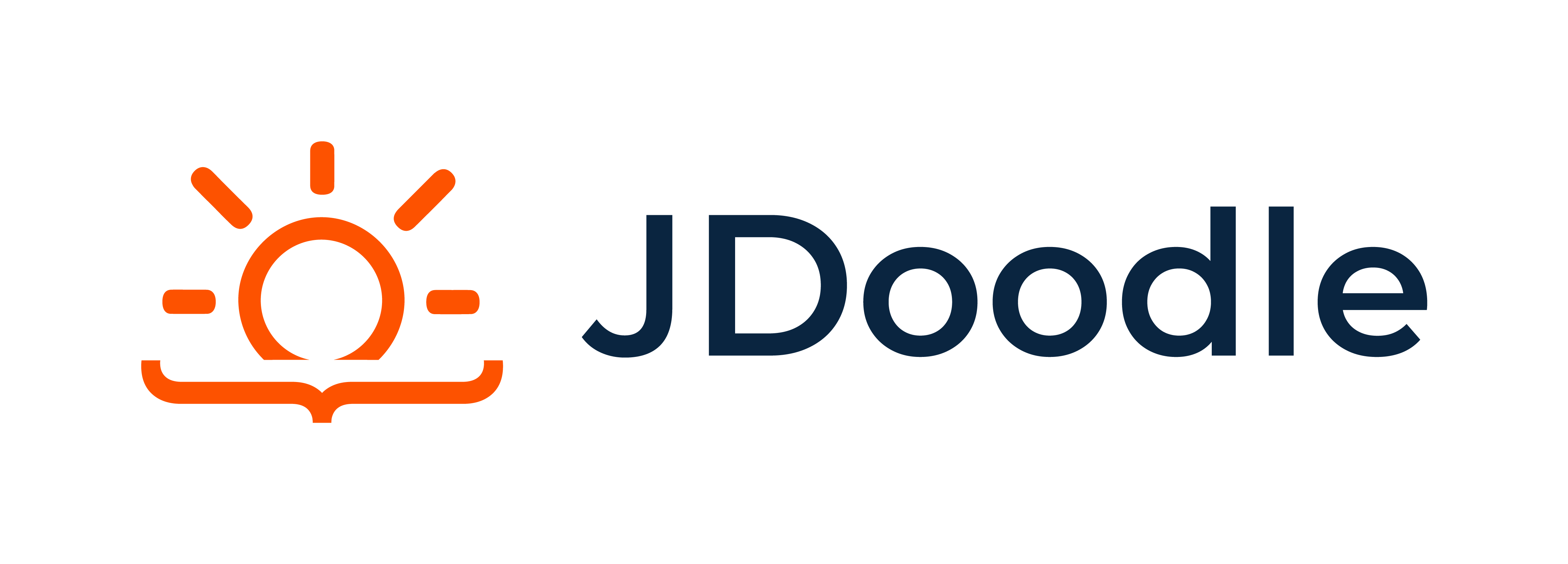Welcome back JDoodlers!
As we delve deeper into the PHP universe, design patterns are the guiding stars that help us navigate through complex architectural challenges. Patterns like MVC, Singleton, and Factory aren’t just abstract concepts but practical tools for writing robust and maintainable code. Let’s unwrap these patterns and see how to implement them.
Understanding Advanced Design Patterns
MVC (Model-View-Controller) Pattern
MVC separates an application into three main logical components: the model, the view, and the controller. Each of these components is built to handle specific development aspects of an application. PHP frameworks like Laravel and Symfony provide a robust MVC architecture out of the box.
**Model **(User.php):
class User {
public $name;
public $email;
}
**View **(userView.php):
class UserView {
public function output(User $user) {
echo "{$user->name} ({$user->email})";
}
}
**Controller **(UserController.php):
class UserController {
private $user;
private $view;
public function __construct(User $user, UserView $view) {
$this->user = $user;
$this->view = $view;
}
public function show() {
$this->view->output($this->user);
}
}
Usage:
$user = new User();
$user->name = 'John Doe';
$user->email = 'john@example.com';
$view = new UserView();
$controller = new UserController($user, $view);
$controller->show();
Singleton Pattern
Singleton pattern ensures a class has only one instance and provides a global point of access to it. This is useful for database connections.
connection = new PDO('mysql:host=localhost;dbname=test', 'username', 'password');
}
public static function getInstance() {
if (self::$instance == null) {
self::$instance = new DatabaseConnection();
}
return self::$instance;
}
public function getConnection() {
return $this->connection;
}
}
?>
In the code above, the DatabaseConnection class can only be instantiated once, ensuring that there is only a single database connection throughout the application.
Factory Pattern
Factory Pattern creates objects without specifying the exact class of object that will be created. This is done by creating a ‘factory’ class that produces instances of classes depending on the given arguments.
Factory Class (VehicleFactory.php):
class Car {
public $make;
public $model;
}
class Truck {
public $type;
}
class VehicleFactory {
public static function create($type, $make, $model = '') {
return ($type == 'truck') ? new Truck($make) : new Car($make, $model);
}
}
Usage:
$car = VehicleFactory::create('car', 'Tesla', 'Model S');
$truck = VehicleFactory::create('truck', 'Mack');
Exercise
- Choose one of the design patterns mentioned above.
- Implement the pattern in a PHP application.
- Validate the implementation by creating instances as per the patterns’ rules and demonstrating their use in a practical scenario.
Hints for the exercise:
- The MVC pattern is a great choice if you’re looking to structure a whole application.
- Singleton is perfect for resources that should only have a single instance, such as a configuration manager or a database connector.
- Use the Factory pattern when you have a set of objects that share a common interface but require different implementations.
Conclusion
Marvelous! By implementing these patterns, you’ve not just written code, you’ve crafted an architectural masterpiece. These patterns are essential in the toolkit of any advanced PHP developer, helping you create code that’s as elegant as it is efficient. Keep experimenting and refining your designs.
Happy coding!
